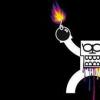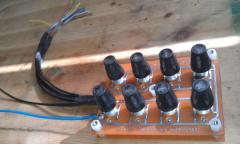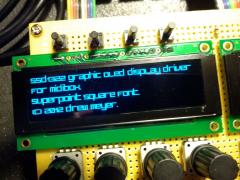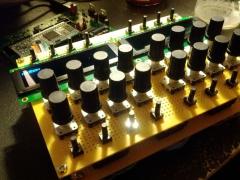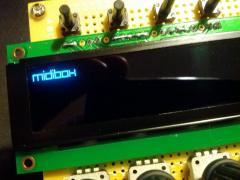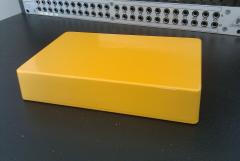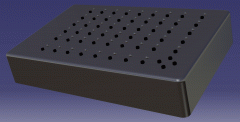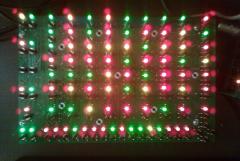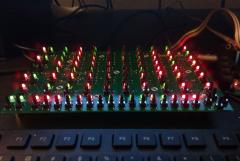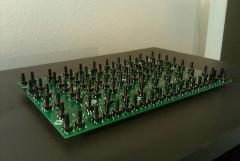i've written most the font generating program and it's working very well. it's pretty user friendly.
but i'm stuck trying to combine the information at the page you linked with how it should be in this context. should i end up with a .h file for the structs and a .c file for initialization?
so far, this is my output. i only put in two characters b/c i could spend all day testing this with 96. the series of hexadecimal numbers include the left_lead (now called left_shift) and width. but i'm assuming i don't have to do that since i'll be generating the initialization code.
anyway, here is what it looks like so far:
struct character {
u16 bitmap[16];
u16 left_shift;
u16 width;
};
struct font {
struct character characters[96];
};
struct serialized_superpoint_square = {0x0, 0x0, 0x0, 0xfe00, 0x200, 0x200, 0xfe00, 0x8200, 0x8200, 0xfe00, 0x0, 0x0, 0x0, 0x0, 0x0, 0x0, 0x0, 0x7, 0x8000, 0x8000, 0x8000, 0xfe00, 0x8200, 0x8200, 0xfe00, 0x0, 0x0, 0x0, 0x0, 0x0, 0x0, 0x0, 0x0, 0x0, 0x0, 0x7};
this is of course not in the output. it's what you see as you build a character. 0/. is used for input to make it easier to see, and it's later translated into 1/0 for the hex output.
................
................
................
0000000.........
......0.........
......0.........
0000000.........
0.....0.........
0.....0.........
0000000.........
................
................
................
................
................
................
0...............
0...............
0...............
0000000.........
0.....0.........
0.....0.........
0000000.........
................
................
................
................
................
................
................
................
................
sorry for my lack of understanding with what to do with this, but at least when this is done we will be able to do some really cool things with this display. :)
ultra


